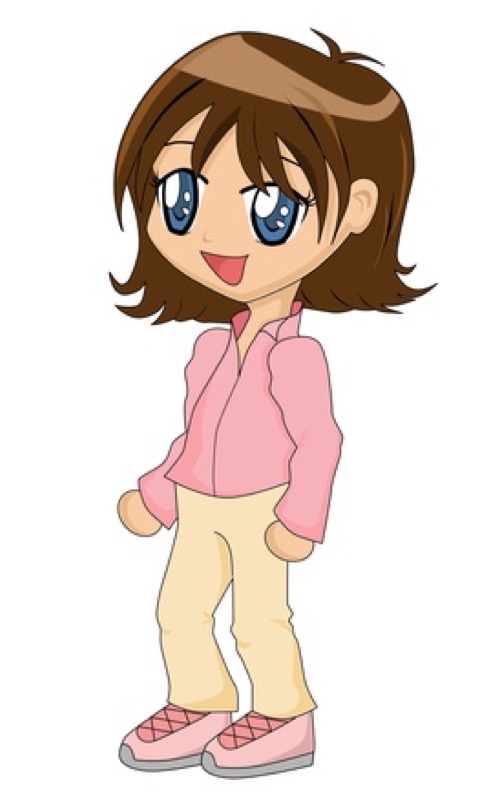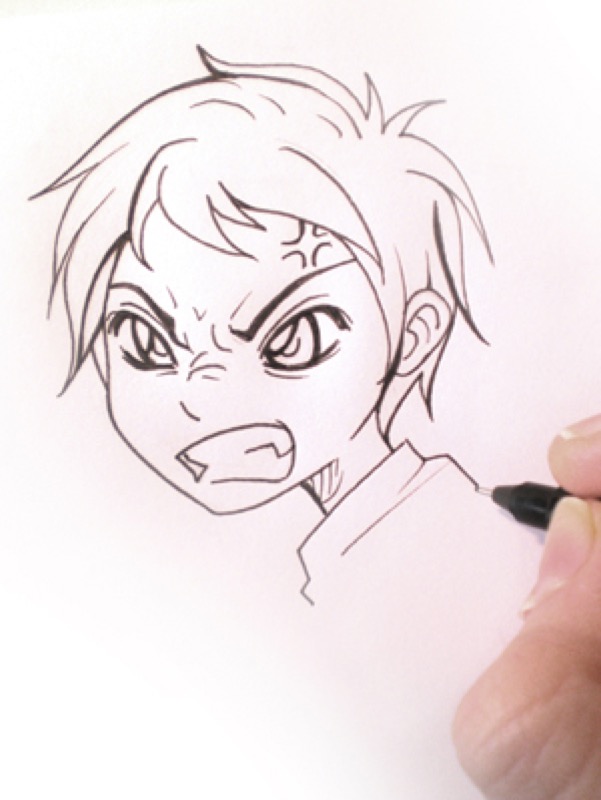What makes mangas different from European and American comics? Do they have anything in common? A quick tour of the major characteristics you need to know before getting started.

1. Different kinds of manga
Any theme can be handled in mangas. Comedies, romances, adventure stories, detective stories, historical and chivalrous stories… It all depends on the story you want to put on paper! But it is traditionally classified into several genres, depending on the theme or graphics:
Kodomo are manga for children: the characters are cute and lovable (they are called kawaii) and convey a moral code that tiny children can acquire.
Shounen are aimed at teenagers and cover recurring themes such as sports, adventures, friendship… and girls! The graphics are more carefully done than in kodomos.
Shoujo are the feminine counterpart of shounen. Teenage girls love romantic stories about their favorite heroines. This genre focuses on the characters' feelings and psychology.
Seinen are targeted at young adults (mostly men): the intrigues are more complex, as are the characters. The graphics are also a lot more carefully done: it's the art of perfecting every last detail that counts.
… and a lot of others!

2. Black and White
In general, mangas are in black and white. It's less for aesthetic than economic reasons! Most of the time, they are published in inexpensive reviews and printed in black and white on recycled paper.
Mangakas also have to produce at a particularly high rate: not having to color the panels is a time saver.
Pencils, felt-tips or pens... Black and white allows you to vary your drawing techniques. Start with a graphite lead pencil or a black fine point felt-tip; as your skills develop, you can move on to a pen and black ink. At which point nothing should prevent you from adding some color!
3. Storyboard style script
Osamu Tezuka, one of the greatest mangakas, is the one who turned classical pagination upside down by introducing Hollywood production style panel scripts. Like films, he uses variations in framing, plays around with close-ups and low angle shots, and makes use of perspective effects.
Tezuka slow motion: divide a box into a series of several boxes. Reproduce the drawing in each of them changing just one simple detail.
Trick of the trade
While doing the script, remember to alternate shots! Imagine you are filming your characters and go for the most effective framing for each action. This will make your narrative more dynamic.

4. Distortion
Those big eyes that are so characteristic of many manga characters also come from Osamu Tezuka. Enchanted by White-Snow's large eyes in Walt Disney's adaptation, he made it his very quickly imitated trademark. Why: enormous eyes help express a character’s emotions.
Go ahead and distort your characters' physique with a vengeance to show their strong feelings!
5. Speed lines
A manga classic: drawing parallel lines in a very specific direction to emphasize the impression of speed of a character or a vehicle.
Draw lines converging on a central point, such as your hero's face, for example, to give the impression of zooming in.
6. Onomatopoeias
Shouting, engine noise, exclamations, explosions in every direction… Any noise can be represented in manga.
To make up for the lack of sound, go all out with onomatopoeias in the background!
Recommended product:
Illustration Manga
See also :
Manga
6 steps to drawing your manga
